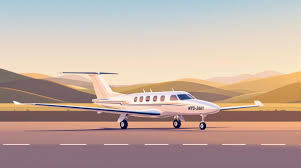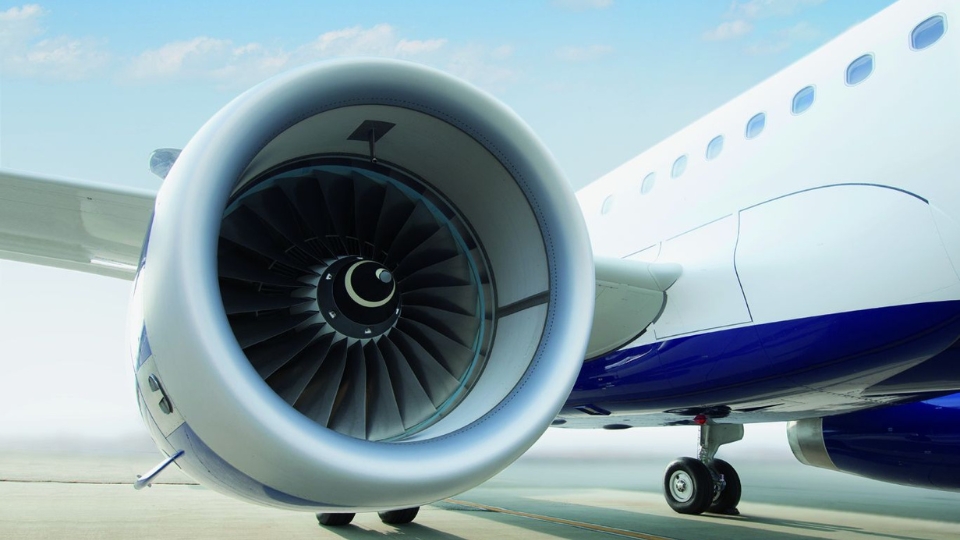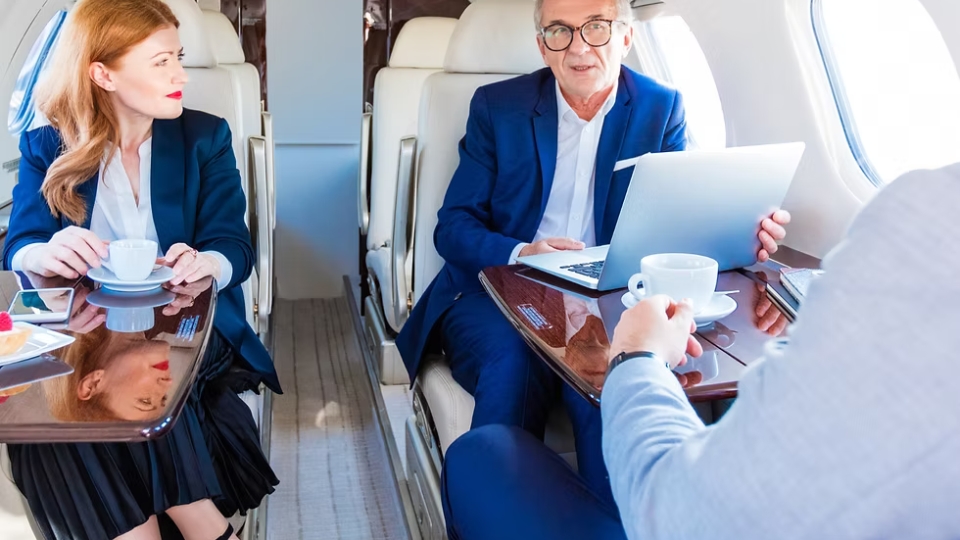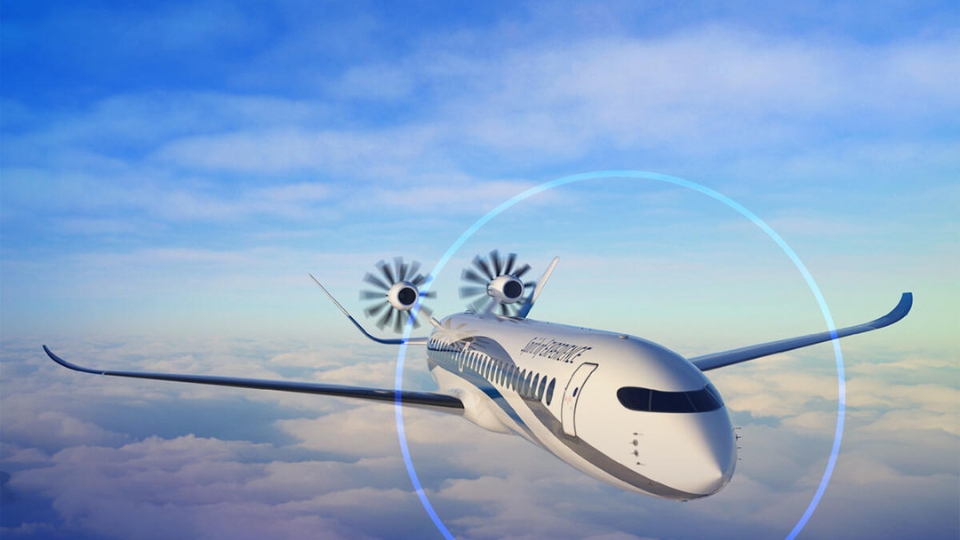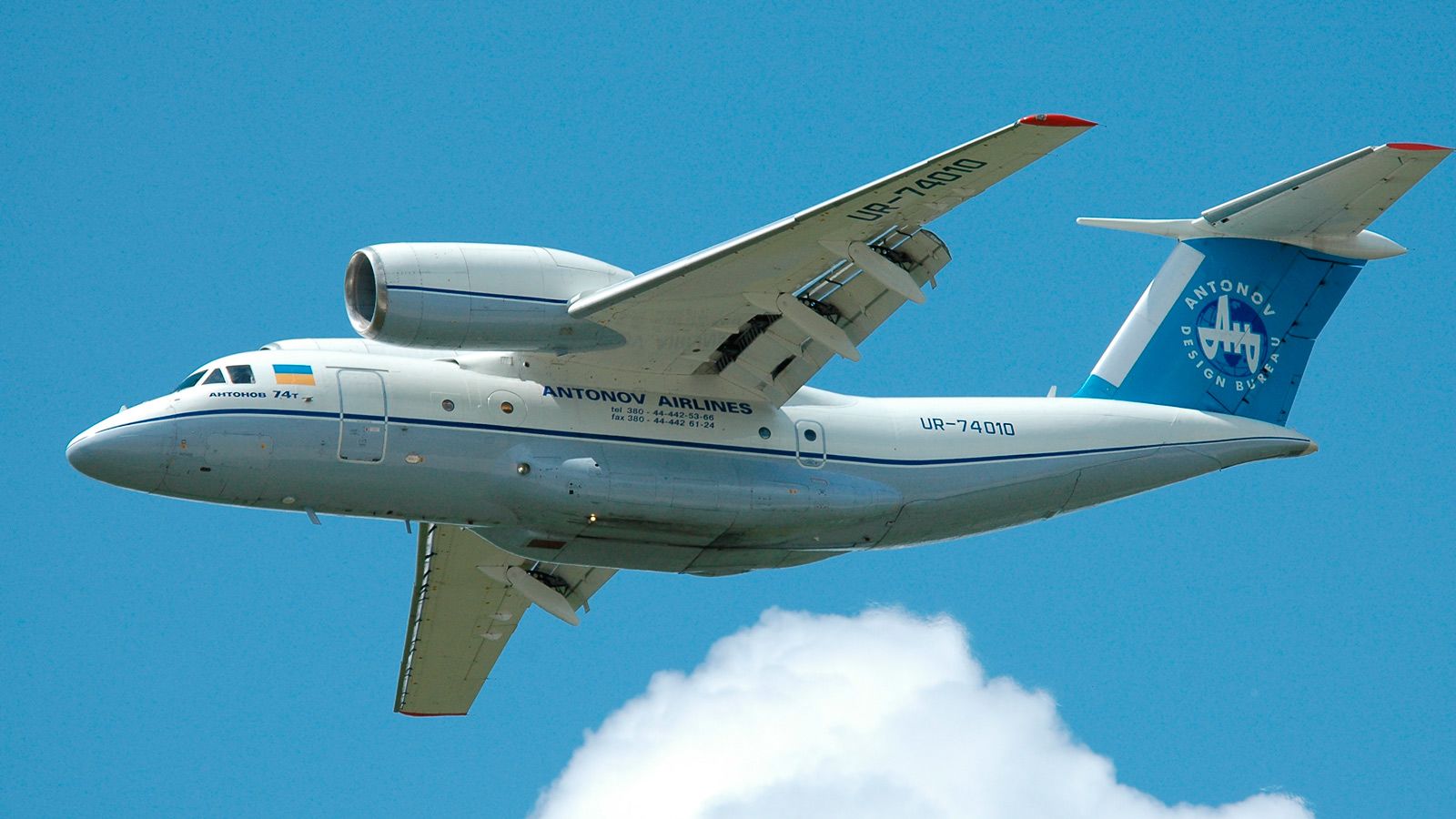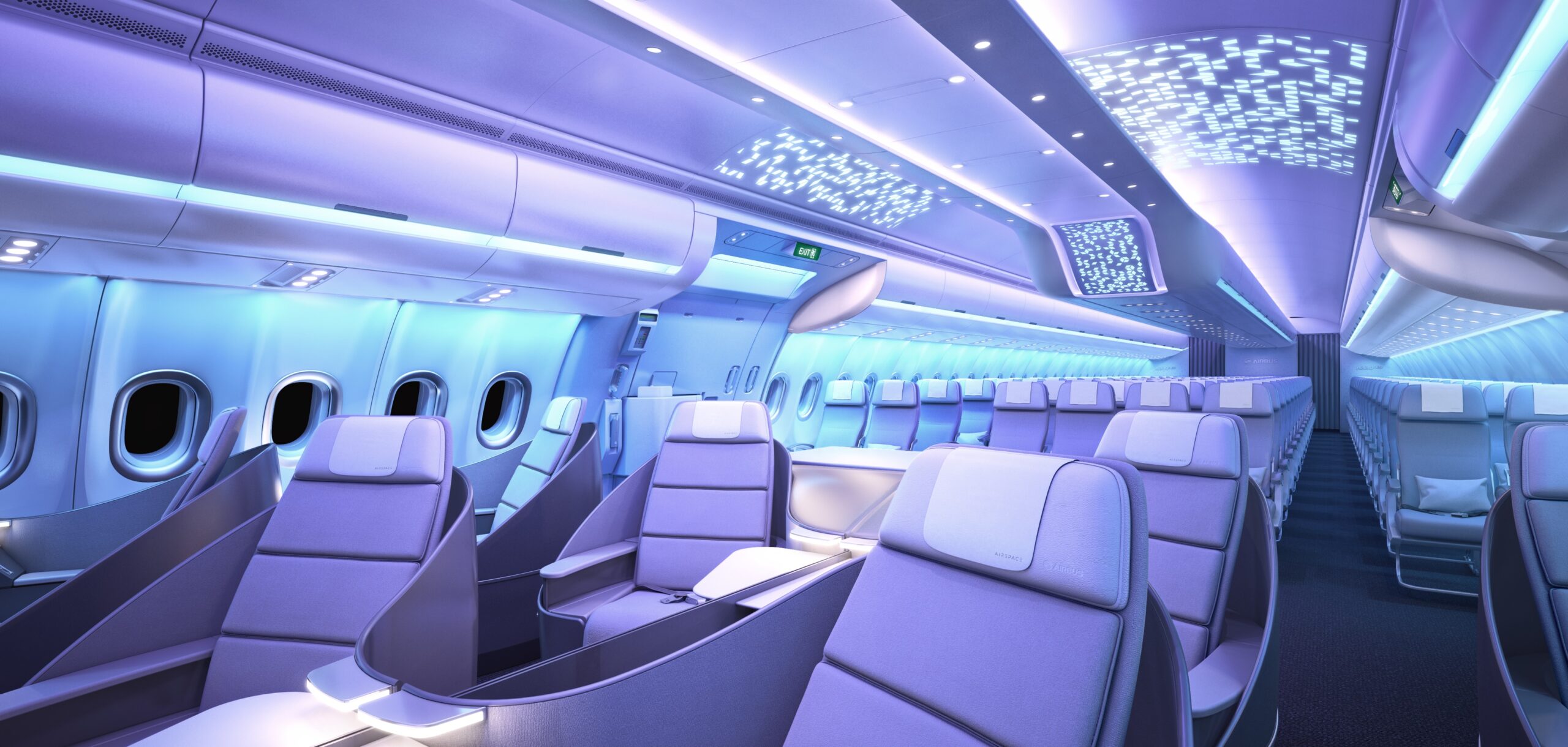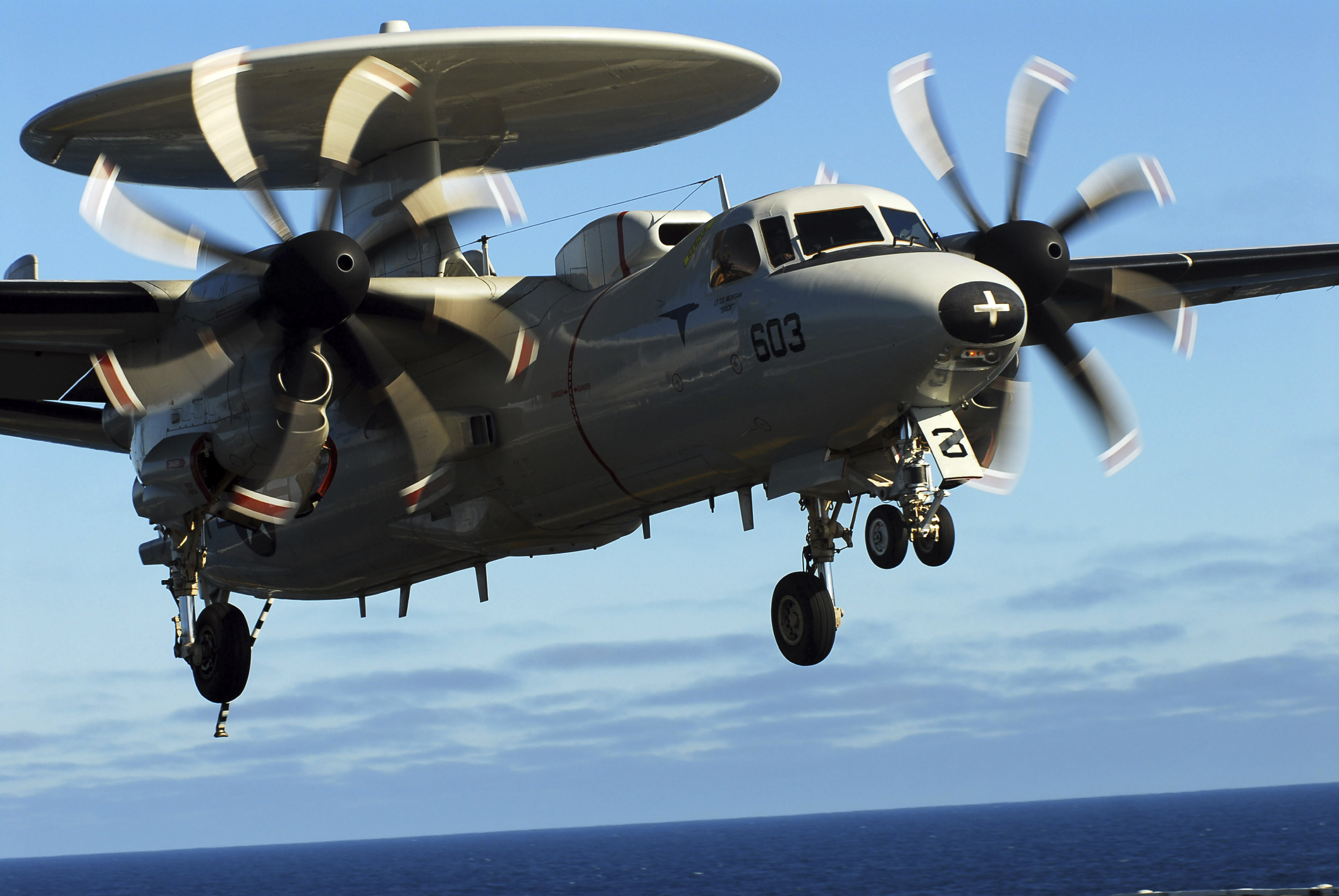In today’s aviation industry, modern aircraft balance speed and efficiency to meet the demands of passengers, businesses, and environmental concerns. Airlines strive to provide faster travel times while optimizing fuel consumption and reducing operational costs. This balance ensures safe, reliable, and sustainable air travel, benefiting passengers, operators, and the planet alike.
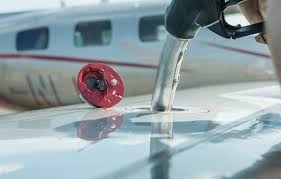
Modern aircraft balance speed and efficiency
Advancements in Aircraft Design
Aircraft manufacturers continually innovate to create planes that fly faster while consuming less fuel. Aerodynamic designs, lightweight materials, and advanced engines improve performance and efficiency simultaneously. These innovations allow airlines to offer shorter flight times without compromising safety or comfort.
Example:
The Boeing 787 Dreamliner uses composite materials and fuel-efficient engines, reducing weight and fuel usage while maintaining long-range capabilities and higher cruising speeds.
Efficient Flight Operations
Modern aircraft are supported by advanced flight management systems that optimize speed and route planning. Pilots and airline operations teams use these systems to calculate the most efficient flight paths, avoiding unnecessary fuel burn and minimizing delays. Real-time weather data, air traffic updates, and performance analytics further enhance operational efficiency.
Example:
A transatlantic flight from London to New York can adjust its altitude and route based on wind patterns and air traffic, reducing travel time and fuel consumption.
Fuel Efficiency and Environmental Impact
Balancing speed with efficiency is not just about economics—it also addresses environmental concerns. Airlines face increasing pressure to reduce carbon emissions, and fuel-efficient aircraft play a critical role in meeting these goals. New technologies and alternative fuels help airlines minimize their environmental footprint while maintaining high-speed travel.
Example:
Airbus’ A350 XWB incorporates fuel-saving technologies and efficient aerodynamics, allowing long-haul flights with lower emissions per passenger, promoting sustainable aviation.
Enhancing Passenger Experience
Passengers benefit from modern aircraft that balance speed and efficiency. Shorter flight times mean less fatigue and quicker arrivals, while efficient systems reduce disruptions caused by delays or technical issues. Airlines also integrate in-flight amenities and comfort features without adding excess weight that could compromise efficiency.
Example:
On a flight from Los Angeles to Tokyo, passengers enjoy faster travel and advanced cabin features such as quieter engines, mood lighting, and ergonomic seating—all made possible by efficient aircraft design.
Technological Innovations Driving Balance
Several technological advancements help modern aircraft achieve this balance:
-
Advanced Aerodynamics: Streamlined shapes reduce drag and fuel consumption.
-
Lightweight Materials: Composites reduce weight while maintaining strength.
-
Efficient Engines: Modern jet engines consume less fuel at higher speeds.
-
Flight Management Systems: Optimize routes and fuel usage dynamically.
-
Alternative Fuels: Sustainable aviation fuels reduce carbon emissions without affecting speed.
Example:
The integration of AI-based flight management allows airlines to adjust speeds and altitudes in real-time, improving fuel efficiency while maintaining scheduled arrival times.
Benefits of Speed and Efficiency Balance
-
Reduced Travel Time: Faster flights improve passenger convenience and satisfaction.
-
Lower Operational Costs: Efficient fuel use and maintenance reduce airline expenses.
-
Environmental Sustainability: Reduced emissions support eco-friendly aviation.
-
Passenger Comfort: Efficient operations ensure smoother, timely, and reliable flights.
-
Competitive Advantage: Airlines offering speed without compromising efficiency gain customer loyalty and market share.
Conclusion
Modern aircraft balance speed and efficiency to meet the growing demands of global travel, environmental sustainability, and operational excellence. Through advanced design, innovative technology, and smart flight management, airlines can provide fast, reliable, and eco-friendly services. This balance not only enhances passenger experiences but also ensures long-term sustainability and competitiveness in the aviation industry. As technology continues to evolve, modern aircraft will keep pushing the limits of speed while maximizing efficiency, shaping the future of air travel.

